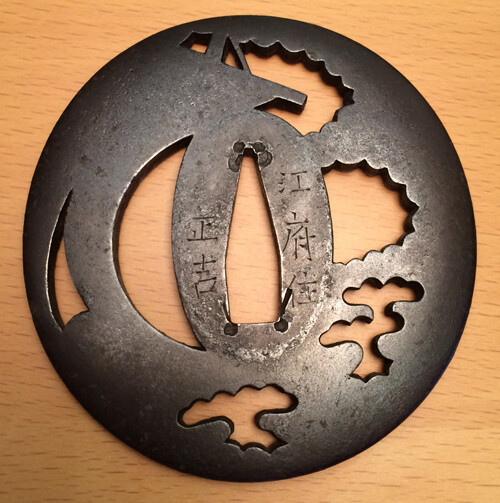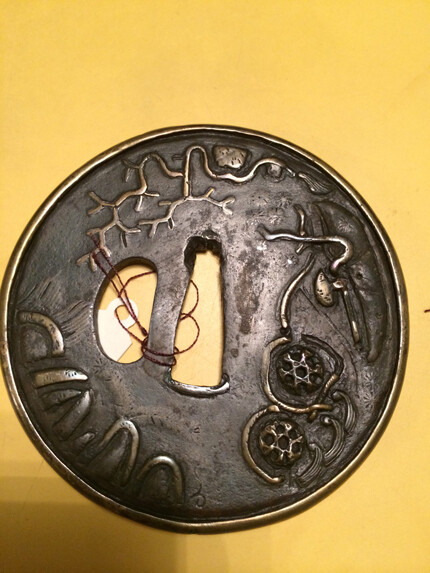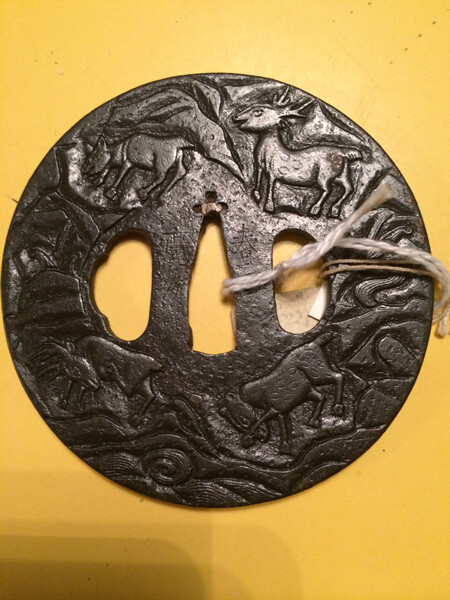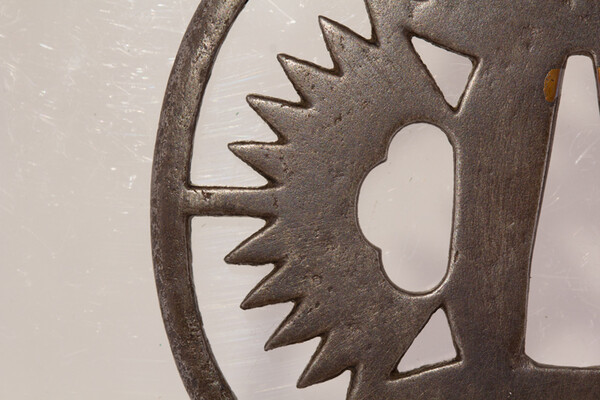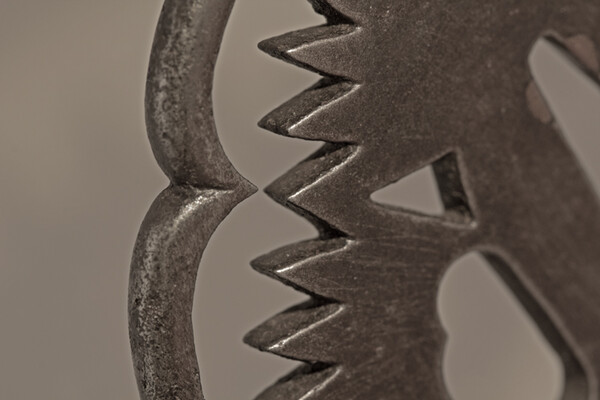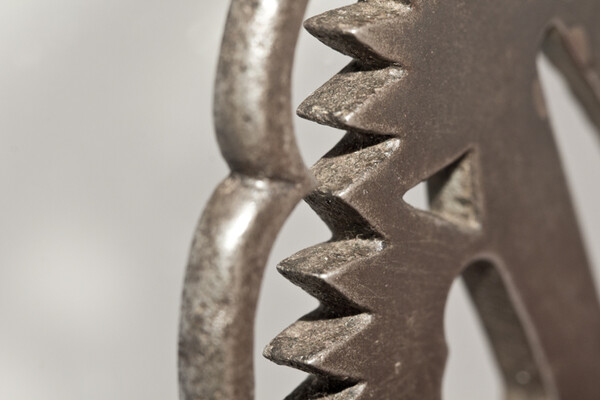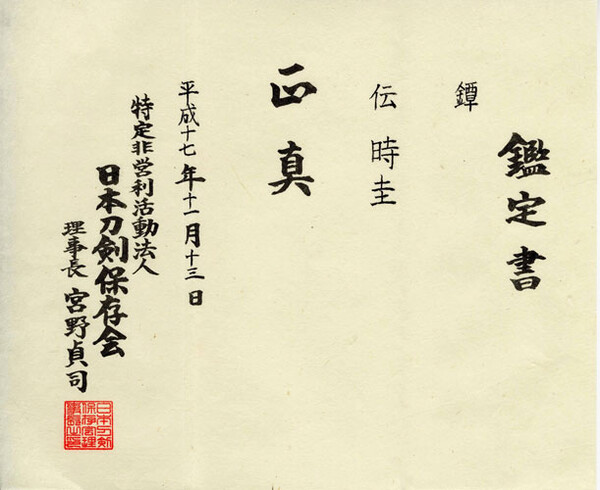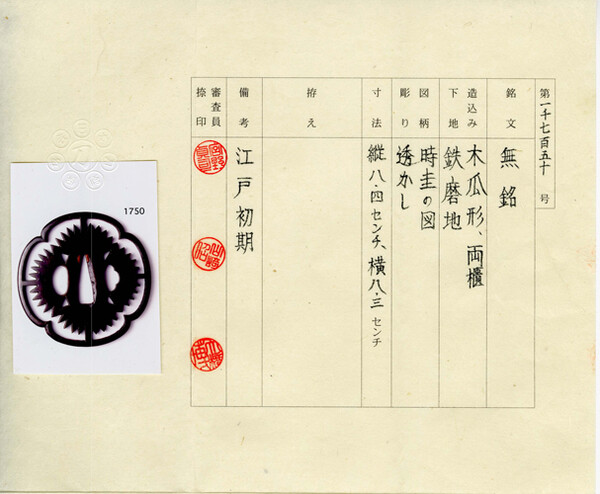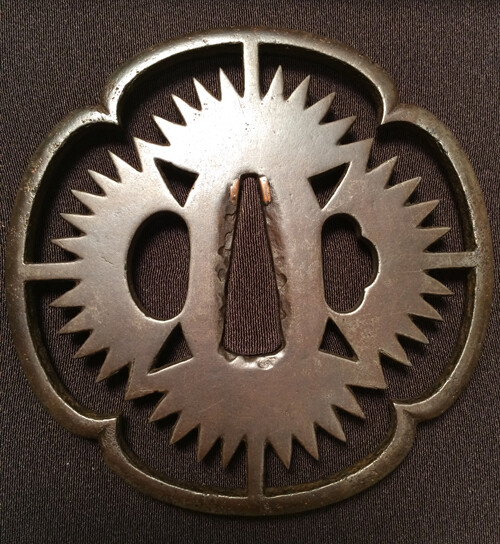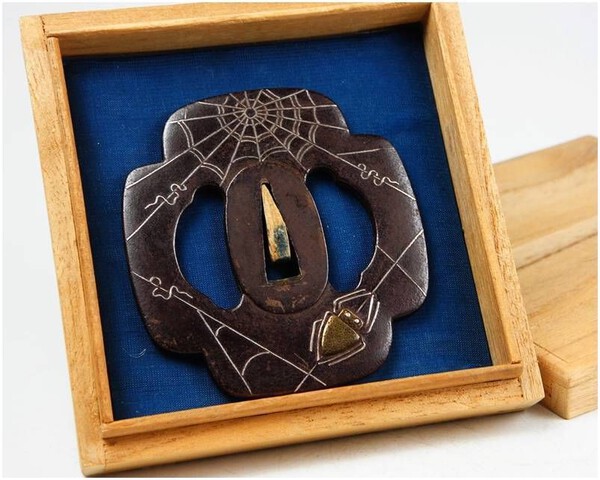-
Posts
172 -
Joined
-
Last visited
Everything posted by svarsh
-
That's the best pics I could do for now. I don't know if this quality allows to read the kanji. If yes, please decipher the signature for me. Any comments regarding the school and time made will be very much appreciated. Thanks in advance, Sergei
-
Thanks Chris. Kofu ju or Efu ju? Where he is from, the Yasutoshi guy?
-
Anyone could help me with the signature? Also, the butterfly is clear, but the rest is not so much to me. Any ideas? Thanks in advance, Sergei
-
Curran and Cabowen, Thanks a lot. What "Efu ju" means? There were 6 generations of Akao Yoshitsugu. Which one made this piece?
-
Thank you, Geraint! Seems like I have a similar piece. What's the museum? Do you have a connection there (email address), so I could ask the details? Best, S
-
Iron. Size 87x87x6.2 mm, 184 g. What's the signature says? School, time? Who's mon? Help/advice from the community will be highly appreciated. Thanks. Sergei
-
This one is made of iron with brass on top and at the bottom. Heavy - 270 g. Size: 71x69x8 mm. Any ideas regarding the time and place it was made? And what's the motif? Thanks in advance, Sergei
-
Thanks Brian, I did not buy it yet, just considering. Your comment makes me think that I may not wish to purchase it. Sergei
-
Thanks Mark. Interesting thread. But the question was not answered: who made, when and why? Obviously, the tsuba makes of the time were capable of making beautiful things that looked pretty natural. Why somebody made a number of these very strange objects and what he wanted to convey? People did not make those things for fun, they made it for living, right? If it was a trainee, why so many? Or it was a class where every pupil was asked to make his own copy? Also, metals were not cheap, and it's likely that unsold tsuba were disassembled and parts reused. Why we still have many of those these days?
-
Please help to read the signatures on two tsuba attached. Sorry for an out of focus photo, but I believe it is still readable. Thanks, Sergei
-
At least it looks strange to me, but I am absolutely not an expert. I found similar tsuba at The Carlo Monzino Collection of Japanese Sword Fittings and Swords, Sotheby's, London, 18 June 1996, pp.12-13; but there was no description other than Heianjo Style Tsuba, Momoyama Period. Any comments from the members would be very much appreciated. Thank you, Sergei
-
There is a signed tsuba, however it's hard to read the characters and I don't know the meaning anyway. Help will be much appreciated. Also, I have never seen a tsuba like this before (I am a novice), and will be happy to learn from the members regarding the time, school and possibly maker. Thanks in avance, Sergei
-
I've got a tsuba that, I was told, has a thin layer of lead on the surface. Was it a common technique? Who made it? The photo of the signature attached. [i apologize for my ignorance, I am new in the field] Sergei
-
Disclaimer: I am not a westerner and not a Christian. I do not believe in god neither in that Jesus Christ was a god's son or a relative of any kind. My interpretation is not based on beliefs (never), but exclusively on data found in available resources (always).
-
Yes, it is the photo, if I understood your question correctly. What else could it be?
-
-
Thanks All, I'll try to take a few better photographs, including the specifics that Fred Geyer requested. In the meantime, I am attaching the accompanying papers, that I cannot read because of my lack of knowledge of Japanese. Sergei
-
I recently acquired a nice tsuba (see photo) and was lucky enough to find a lot of information about this kind of tsuba in Sosano Collection and also a big discussion at KTK #2 (2006). However, neither helped me to find out the school, place and time of my piece. Help from other members would be greatly appreciated. And a more general question: can anyone recommend a comprehensive and clear manual how to identify those parameters: school, place and time for a particular item? All resources that I have seen show a tsuba, tell you that it is this and that, and assume that the reader will be able to generalize and distinguish the schools. But few pages down you see almost identical example that belongs to a different school! When I ask "what's the difference' the response is usually: can't you see (stupid - I read in the eyes). But I actually cannot. Anyone could lead me to a source that tells "if there is A, then it is Soten, if there is B, then it is Goto". Anyone applied the principles of medical diagnostics to tsuba identification? Thanks in advance, Sergei
-
Thank you for interesting discussion. In the meantime I have collected the opinion of Elliott Long & Robert Haynes: "...these are Contemporary tsubas representing Edo period Higo/Jingo style pieces." I believe this can be read as "those tsubas are modern fakes". And this may well include the one from Church collection. Sergei
-
That's another example of similar design. What I am trying to understand is how similar the genuine tsubas can be? Or how many similar or almost similar items could be made by one artist/workshop? Could it be a modern mass production?
-
Thanks Grey and All, As always, your input is invaluable and educational. Sergei
-
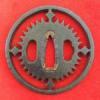
Back to the question of reputable on-line dealers
svarsh replied to svarsh's topic in Auctions and Online Sales or Sellers
That's what I am saying. Like when you want to find a good restaurant, you go to yelp, and when you want a good hotel, you go to tripadvisor. Don't we need the same for the dealers?





